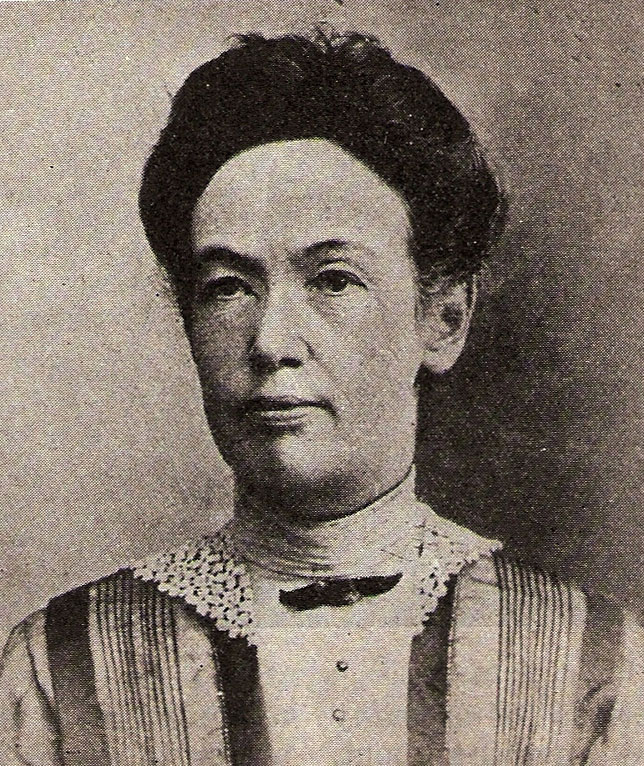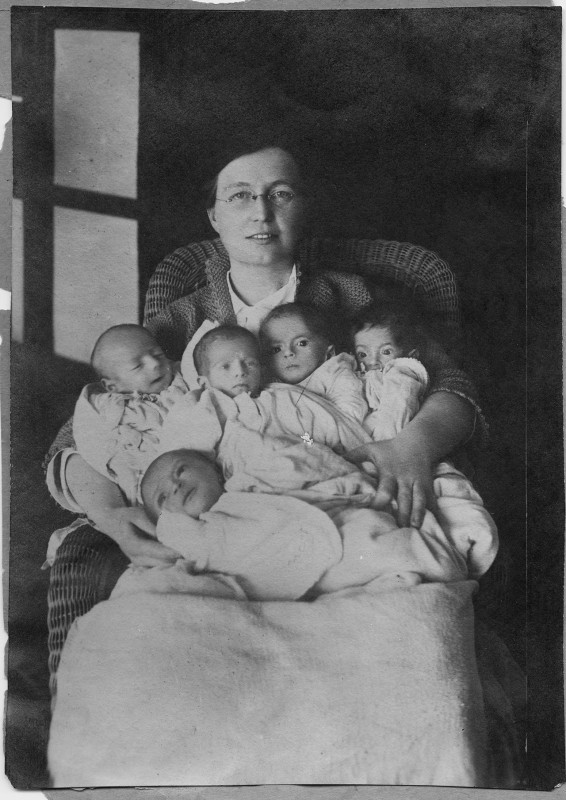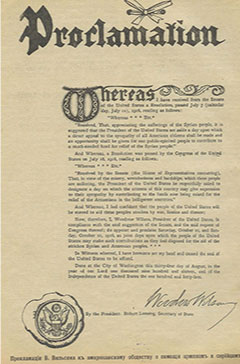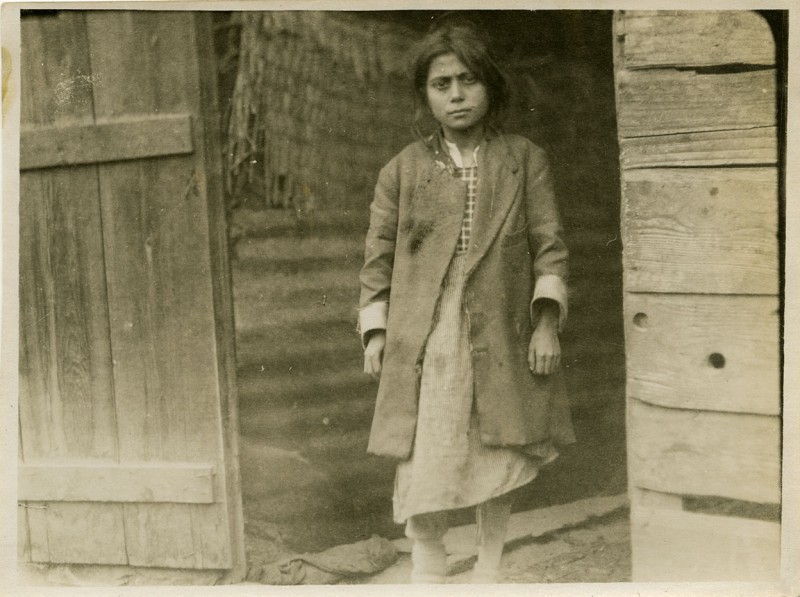Annie T. Allen was born to pioneering missionaries in Harput, Turkey, in 1868. After graduating from Mount Holyoke College in 1890, she began her own mission work in Brousa, Turkey, in 1903. Her fluency in several languages allowed her to establish a connection with the refugees she served, and to communicate with local political leaders.
In 1921, Miss Allen transferred from Brousa to Konia, a refugee center and orphanage in the war-torn Turkish interior. She traveled the surrounding areas and drafted reports on the dire living conditions she witnessed. Miss Allen also visited Near East Relief stations to document the organization’s accomplishments and challenges.
During the bitter winter of 1922, Miss Allen set out for Harput on horseback to investigate the conditions among Armenian and Greek deportees as they were being forced to march through the interior. When she was injured in a fall from a carriage during her travels, her doctors discovered she was also seriously ill with typhus. Annie T. Allen died in Sivas on February 2, 1922, and was buried with full Turkish military honors.




